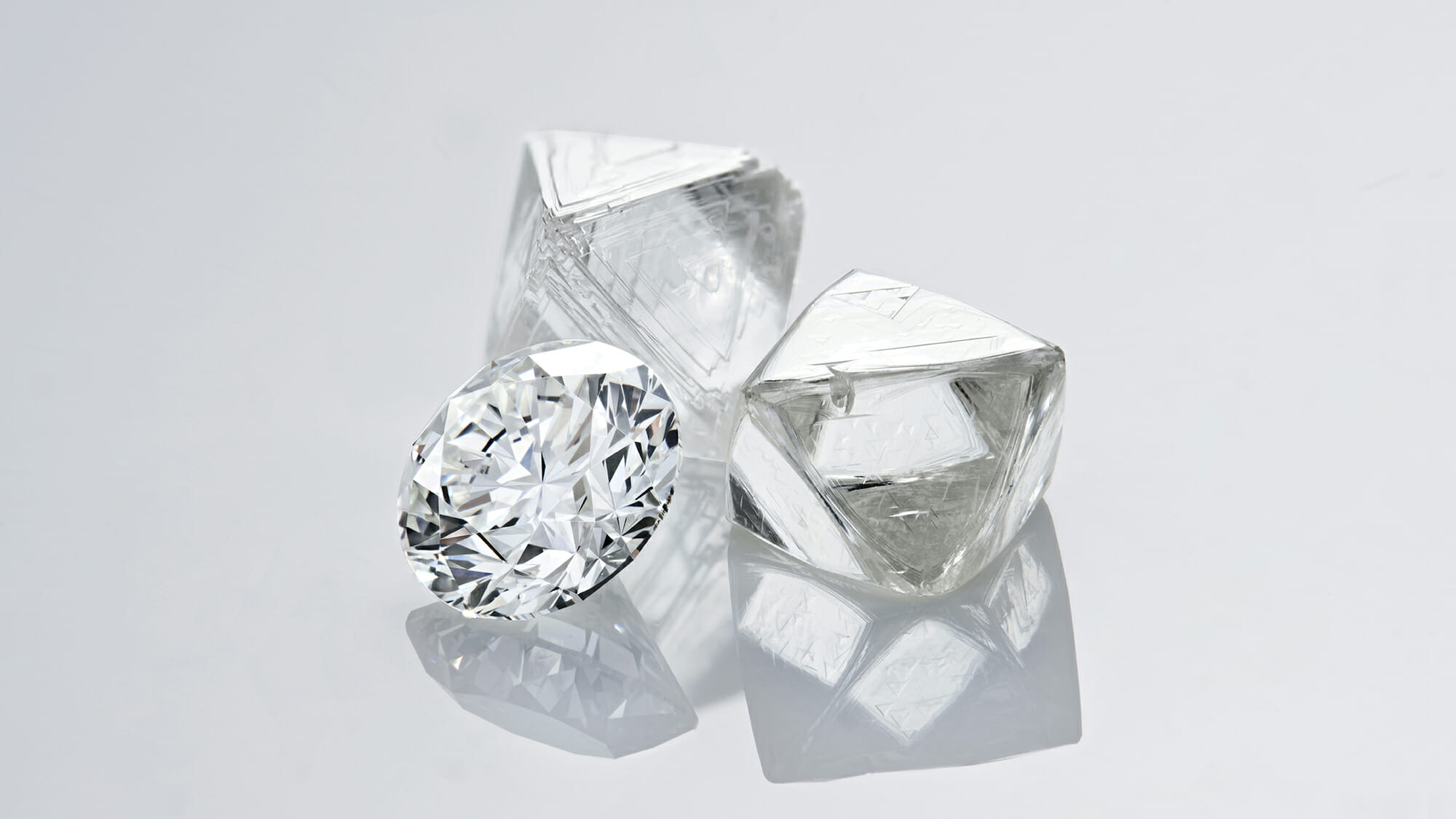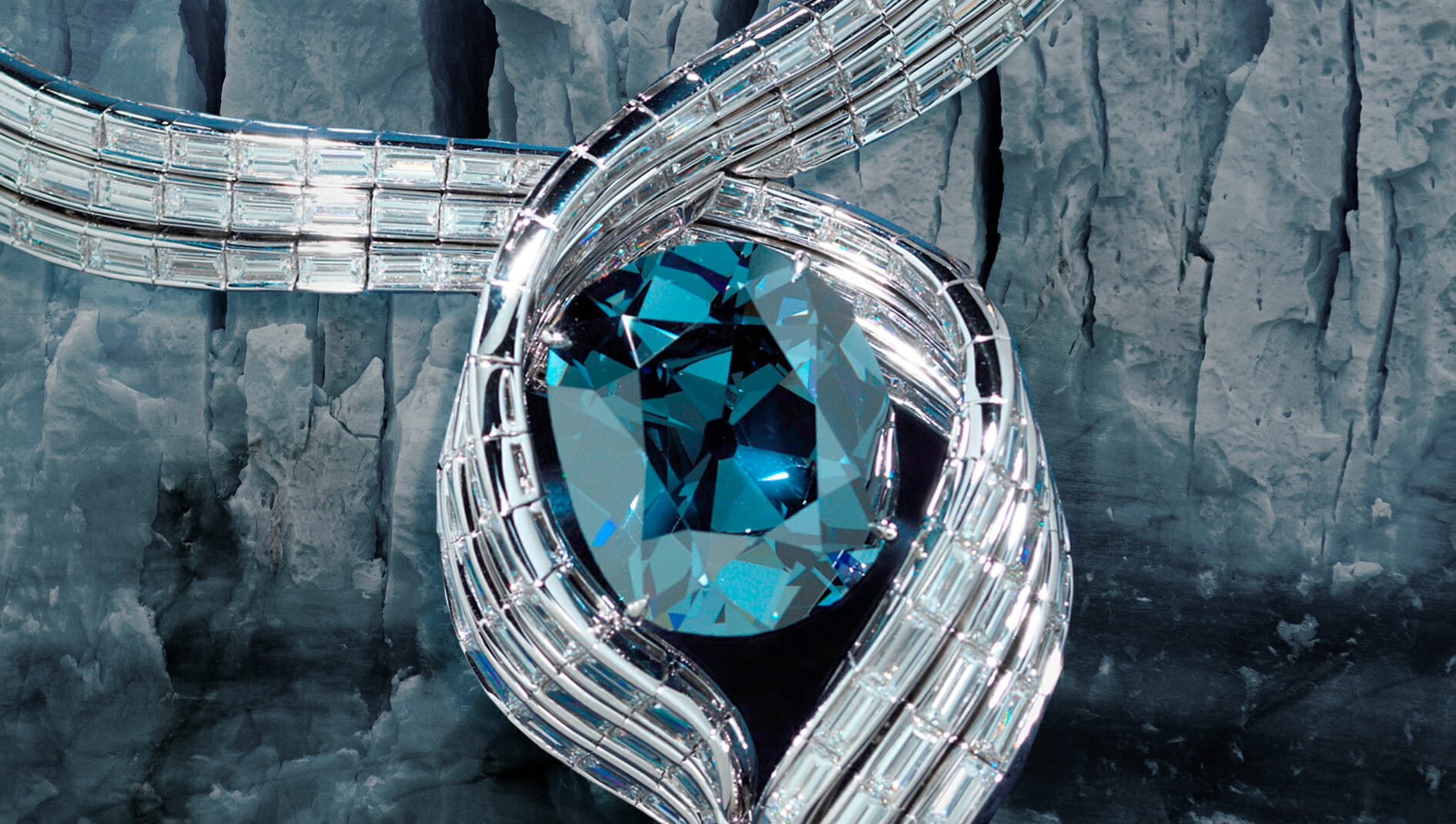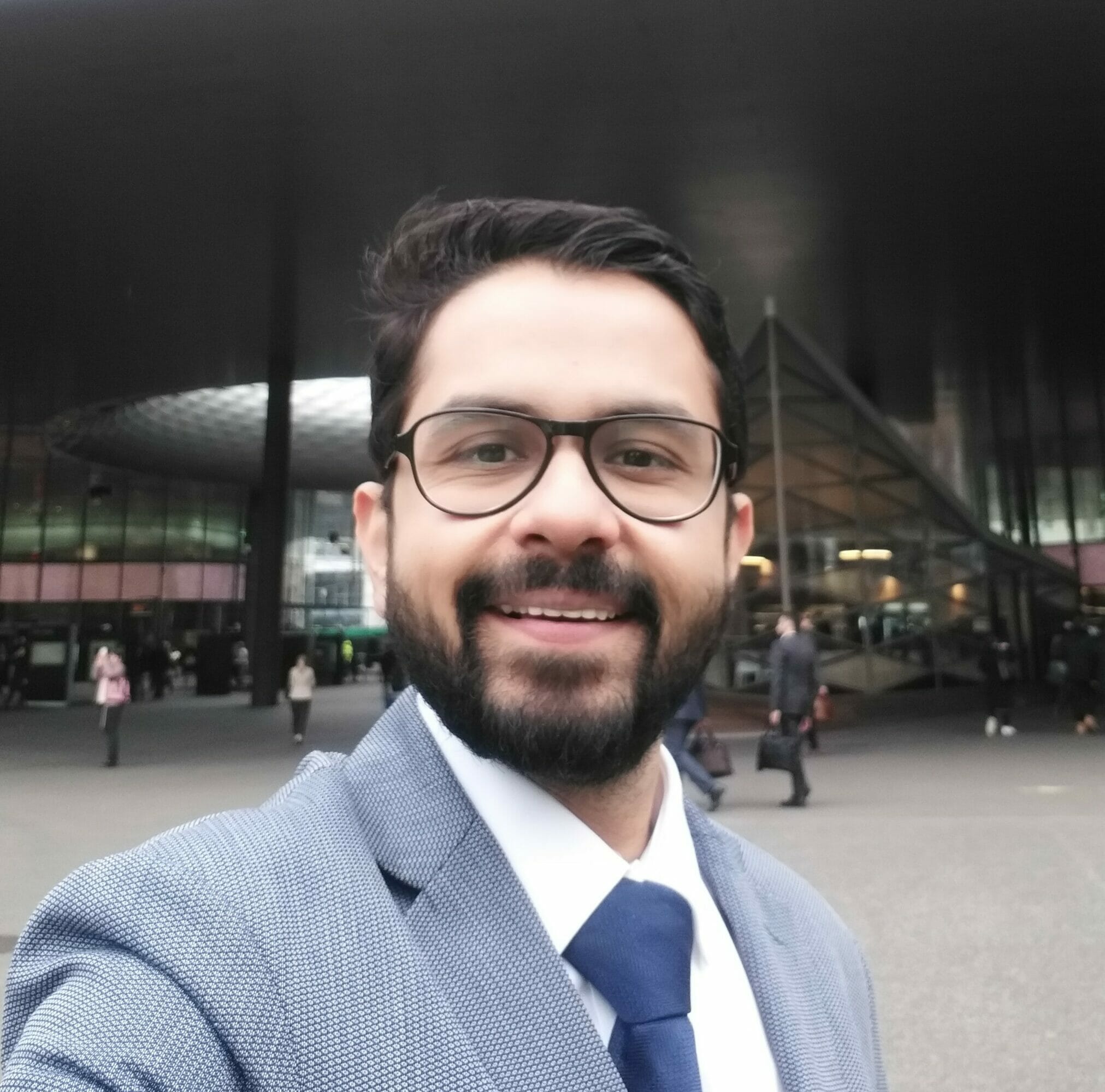Cut With Love: The Diamond Love Story That Starts in India

In the crowning episode of All That Glitters, hosted by the brilliant Katherine Ryan, the contestants are challenged with creating an engagement ring set with a princess cut one carat diamond. The featured diamonds are from the Indian diamond manufacturer Star Rays and having spoken with Senior Vice President, Rahul Jauhari about the importance that diamonds hold to his country, in terms of both employment and pride – I thought that we would delve a little deeper into the Indian history of this most majestic of gemstones.
India’s Diamond Legacy: Past & Present
The Indian diamond industry is one of the oldest ‘industries’ in the world. Diamonds have been revered in India for as long ago as thousands of years. It was thought that after thunderstorms, diamonds would appear in the locations struck by lightning. Locals believed that they had been blessed with gifts from the gods and searched the ground where rainfall had caused sediment to be pushed away to reveal sparkling diamonds, in their alluvial deposits. Of course these areas eventually became the mines, such as Golconda in Central India.
These ‘gifts from the gods’, were then placed in the eyes of statues of the gods; it was also believed that when diamonds were worn by warriors, they would ward off danger.
For many millennia, India was the only source of diamonds on the planet. Alexander the Great is said to have been the first to bring them to Europe in 327BC; diamonds became a symbol of masculinity and before the XVth century, there is little mention of women wearing diamonds.
King Louis XIV of France bought many of his jewels from the likes of Jean-Baptiste Tavernier, the 17th century French gem dealer who travelled to India and brought back the diamonds that we see in the ancient crown jewels of France and other European countries. Including the Hope Diamond, originally called the Tavernier Blue, before being christened the French Blue.

It was only in the mid-eighteenth century, when the mines ceased to exist in India and diamonds were found on the other side of the world in Brazil, and subsequently Southern Africa, that India’s diamond industry swapped from mining to manufacturing. But still, in the early days of Brazilian diamonds, the Portuguese sold their newly found wealth through the subcontinent, often pretending that they were in fact Indian and not Brazilian diamonds.
Today, India counts for more than 90% of produced diamonds. As Rahul explained, that means nine out of ten diamonds sold in the world go through India, where they are ‘manufactured’ (cut and polished). Diamonds are a crucial source of employment in a country of 1.36 billion. Over 1.3 million people work in the diamond industry; however the industry is enormous and not well organized, it is mainly still family run and hard to break into, if you’re not born into the business. This is easy to understand – much of the diamond business throughout the world is based on trust and a handshake, and the transaction values are almost higher than in any other industry; governance is needed on both sides of that transaction and if the relevant parties are related, it easier to have faith in the diamond dealings.
How Star Rays Is Changing the Game for India’s Diamond Industry
Star Rays, a member of the Responsible Jewellery Council and one of the top ten manufacturers in India, is determined in changing the way in which diamond manufacturers work. They have an open policy in terms of employing professionals, not just family members. Rahul, who is not a family member but Senior Vice President of Sales and Marketing, is adamant that the Star Ray’s ethics, social responsibility and empowerment of the women who work for them, are as important as producing top quality diamonds. Their newly opened facility in Botswana contributes significantly to the growth of the local community, as well as encouraging more women workers. It was also the first Indian diamond company aiming towards carbon-neutrality.

It is no surprise that All That Glitters, decided to go with this Star Rays where ethics and the environment are as an important concern, as the excellent fire, brilliance and light that radiate from the 60,000 solitaires that Star Rays cut and polish every year.
To see more of our exclusive behind the scenes coverage from All That Glitters, visit www.naturaldiamonds.com/AllThatGlitters
